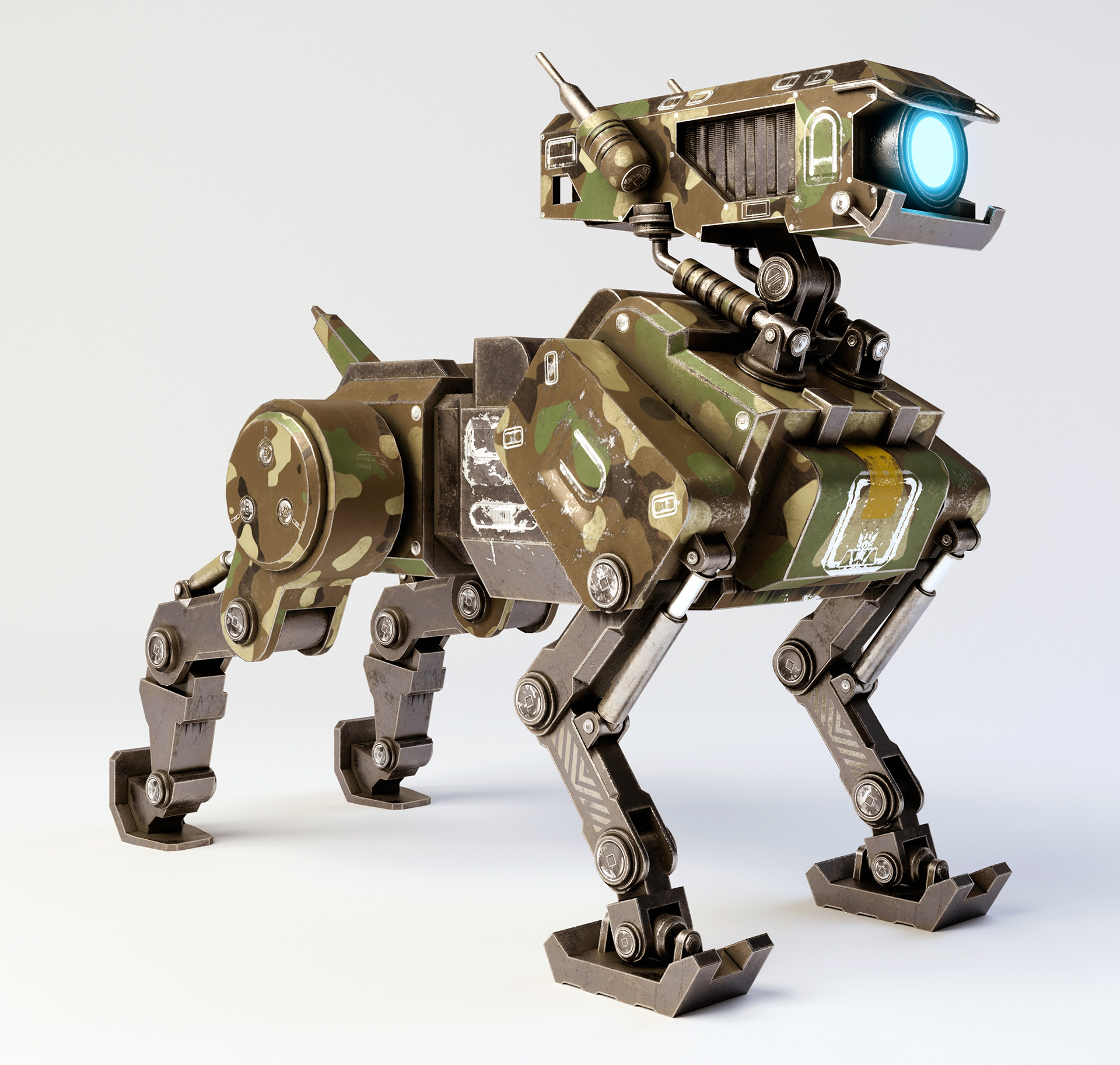
U.S. Customs and Border Protection (CPB) have announced plans to deploy four-legged “robot dogs” along the U.S.–Mexico border to assist border patrol agents in securing the difficult and dangerous terrain.
According to a blog post by the CPB, Science and Technology Directorate (S&T) is cooperating with robotic developer Ghost Robotics to use their 100-pound robot dog to supplement human personnel to keep the border secure.
S&T, a research and development advisor under the Department of Homeland Security, has been eying the robots as a way to support the CBP’s “complex mission” at the border.
“S&T is offering U.S. Customs and Border Protection (CBP) a helping hand (or ‘paw’) with new technology that can assist with enhancing the capabilities of CBP personnel, while simultaneously increasing their safety downrange,” the post read.
Program manager Brenda Long said the partnership with Ghost Robotics is part of its “automated ground surveillance vehicle” program.
“The southern border can be an inhospitable place for man and beast, and that is exactly why a machine may excel there. This S&T-led initiative focuses on automated ground surveillance vehicles, or what we call ‘AGSVs.’ Essentially, the AGSV program is all about … robot dogs,” Long said.
Gavin Kenneally, chief product officer at AGSV developer Ghost Robotics, said its robot dog is designed specifically to assist the CBP.
“It is a rugged, quadruped robot. It traverses all types of natural terrain, including sand, rocks and hills, as well as human-built environments like stairs. That’s why you want legs and not tracks,” Kenneally said.
Agent Brett Becker of the CBP Innovation Team (INVNT) said that the robots could provide cover from the many dangers — environmental and criminal — that border patrol agents face.
“Just like anywhere else, you have your standard criminal behavior, but along the border, you can also have human smuggling, drug smuggling, as well as smuggling of other contraband — including firearms or even potentially, WMD. These activities can be conducted by anyone from just a lone individual, all the way up to transnational criminal organizations, terrorists or hostile governments — and everything in between,” Becker explained.
“Operating out in the desert or mountains, agents and officers have to contend with the rugged terrain, high heat and humidity, and then, of course, they can come across those who wish to do harm,” Becker continued.
The robotic dogs are equipped with cameras and sensors to act as sentries and can work day and night.
The CBP has not mentioned an exact time when the robots will be deployed to the border. For now, training is ongoing, and the CBP continues to work with Ghost Robotics to accumulate data to test and refine the robot’s use-cases.
The announcement was not met without criticism, however. The Electronic Frontier Organization responded to the development with concerns about the potential misuse of the robots for surveillance of citizens who live near the border.
Critics say such an expansion of militaristic technology could not only be dangerous for asylum seekers but could lead to an expansion of DHS power and unintended violations of citizens’ civil liberties.
The DHS has called the trial of the robo-dogs a “success.”
“Don’t be surprised if in the future we see robot ‘Fido’ out in the field, walking side by side with CBP personnel,” the department announced.





